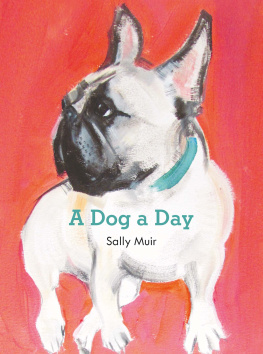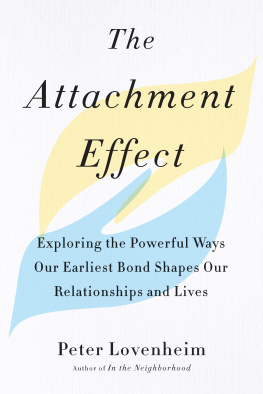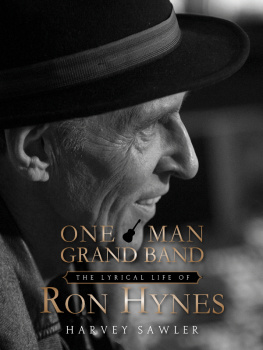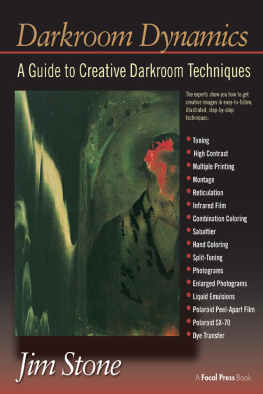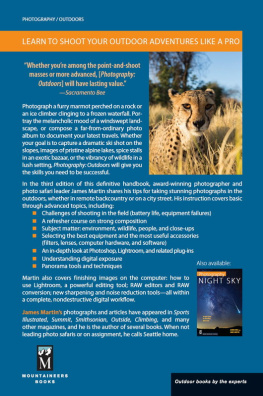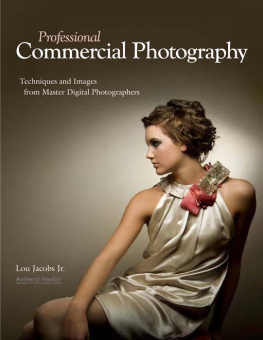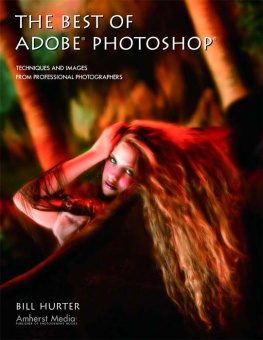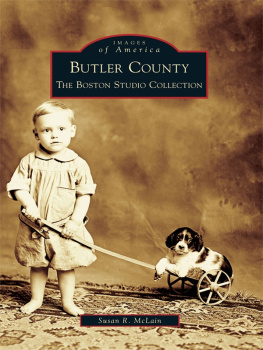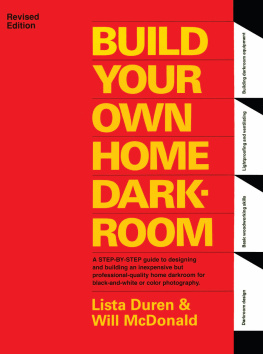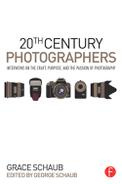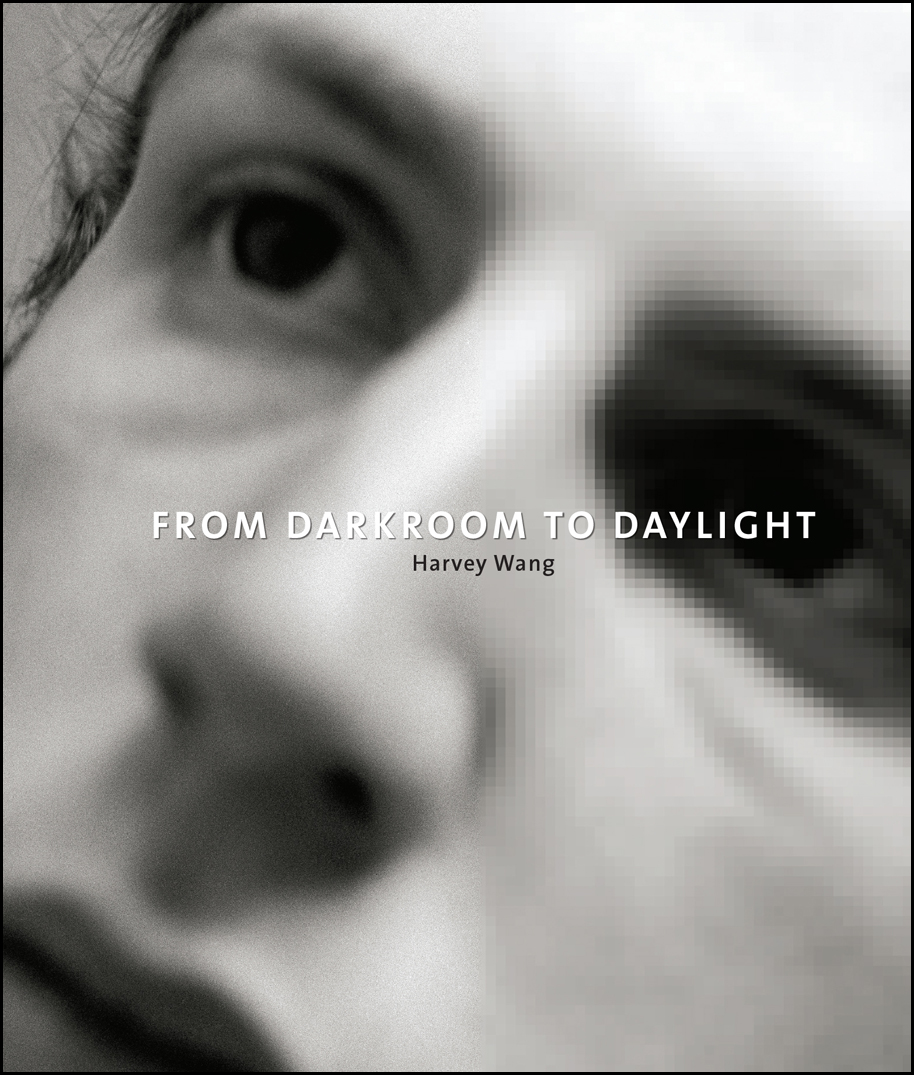
Originally published as From Darkroom To Daylight, Harvey Wang
Cofounders: Taj Forer and Michael Itkoff
Designer: Ursula Damm
Copy editor: Elizabeth Bell
2015 Daylight Community Arts Foundation
Text Harvey Wang & Amy Brost. Interviews used with permission of the subjects.
All rights reserved
ISBN 978-1-942084-29-7
No part of this publication may be reproduced, stored in a retrieval system, or transmitted in any form or by any means without the prior permission in writing of copyright holders and of the publisher.
Daylight Books
E-mail:
Web: www.daylightbooks.org
Table of Contents
Guide
CONTENTS
I began taking pictures for real at the end of middle school. It was unusual to walk around with a camera in the Queens, New York, neighborhood where l lived, but from age 15, I was never without my Nikon camera. I would shoot black-and-white film and develop it in the basement darkroom of my house.
I loved the ritual of developing film and making prints: removing the exposed film from its metal canister, spooling the film onto reels in darkness, measuring the chemistry, and pouring each chemical into the developing tank. After the film was in the fixer, I could open the tank and see the negative images on the film for the first time.
When the film was dry, Id cut the negatives into strips and make a contact sheet. The negatives were placed in an envelope, and a number was assigned to each envelope. The same number would be put on the corresponding contact sheet, and they were stored in boxes. Every year, a new box was added, and the contact sheets became a diary visually documenting my passage through the years.
For over 25 years, I exposed black-and-white film, developed it, and made contact sheets and prints.
I stopped adding to this multi-decade collection of sequential envelopes in about 2000, when I started to shoot more color, and eventually to shoot digital.
Some time later, I realized something had changed about my relationship to photography.
I wasnt sure that the new ways of working suited me. I wondered if other photographers worlds were turned upside down when they stopped mixing chemicals and isolating themselves in the dark.
Harvey Wang
This book is the product of my interviews with photographers and important figures in the field of photography conducted from 2008 to 2013. All the text in these pages is excerpted from those interviews and from correspondence that followed.
I remember my first experience in a
darkroom, of watching an image come
up in a black-and-white developer tray,
and it is astonishing.
Alison Rossiter
When I saw that print come
up in the developer, I said,
I have found my lifes work.
Alfred Gescheidt
Not a unique story.
You see a print come up
in the developer, and you
get hypnotized by the
magic, and you just
want to keep doing it.
Sid Kaplan
ADAM BARTOS:
One of my great influences was Blowup, Antonionis movie. Nothing beats that fantastic sequence of watching the image come up on the paper in the darkroom, and then the way he kept enlarging and rephotographing that area, blowing it up optically, chemically, to try and discover the truth of what the image contains. I mean, punching the plus button on your computer? No, its not as cool.
I started a few years ago to photograph darkrooms when I heard about one that was closing, and all of a sudden, it clicked thathmm, maybe I should go and make a record of that (Darkroom, Steidl, 2012). The darkroom is a metaphor for so much about art and craft, and its the architecture most photographers have shared, until now. There are aspects of the darkroom that are instantly familiar to us, the sound of the water running, the humidity, the clocks, the music we play in the dark.
PLATON:
The darkroom is the beginning of everything. Youre locked away. It sort of isolates you from the world around you, in a way that the computer screen does not. And it forces you to commit 100 percent to what youre doing. Theres no point in doing anything else when youre in the darkroom, because its dark. Its just a hint of red light, and that is it. You are there to print.
SALLY MANN:
I go in the darkroom, I close the doors, and theres the soothing sound of the water, that little gurgle, because youre always washing. And that forgiving yellow light. Oh, its so calming. Its really good for me to be in the darkroom. Youre by yourself, no one dares walk in on you. Its perfect peace.
JOHN COHEN:
I enjoyed the process of being out in the world shooting, and then spending a lot of time in the darkroom. Really living with each print, and spending a lot of time on it, not just making it darker or lighter so much as discovering what meanings were in there.
JEROME LIEBLING:
Certain truths were given to you as a student. One was that you really created that image. The paper was given to you, but you could somehow, with your skill and sense of spirit, imbue that piece of paper with your own sense of what was there.
GEORGE TICE:
When Im making a print Im making a finely crafted art object. Im not just making an image. I like my solitude. I live alone, Ive been married three times, I have five children. The darkroom is a place where you can think, and concentrate on what youre doing because there are a hundred things you can do wrong, and youre trying to get them all right.
After developing my film and printing a contact sheet, I make a proof print. I have a big bulletin board downstairs where I tack prints up. Then Ill decide whats in, whats out. After printing something the first time, I can usually improve on it somewhat the second or third time.
JEROME LIEBLING:
We all know the running and jumping that we do when we dodge, and we only have two hands, and you want to open this, and change that, and you can only go so far [before the time is up], and then you quit.
DAVID GOLDBLATT:
When theres light hitting that sensitized paper, youve got a limited time in which to make all the changes you want to make, all the adjustments.
JOHN COHEN:
Its kind of fun, you realize, once youve seen the digital thing, that when youre up in the darkroom, youve got to move your hand and dodge and burn. You have so many seconds, and then its over. So its a little bit more of a performance, actually.
DAVID GOLDBLATT:
And these are the adjustments that, to me, are part of the trade. Theyre not the adjustments of putting trees in where they werent, of taking people out, and putting them in, and that sort of thing. Im talking about basic changes to the image to make it more consonant with my understanding of it.
PLATON:
Its in the printing where I really learned that your skin is different from your shirt, and your shirt is different from your boots. The more contrast I give your shirt, the more I describe its material makeup; same with your skin, but your skin is much lighter than your shirt, so I cant treat it at these contrast levels in the same way. So I started learning to cut masks out with paper, and I would lay them on the print, and I would do about 20 or 30 masks for each print. And each print would take about three days to do.
ALFRED GESCHEIDT:






